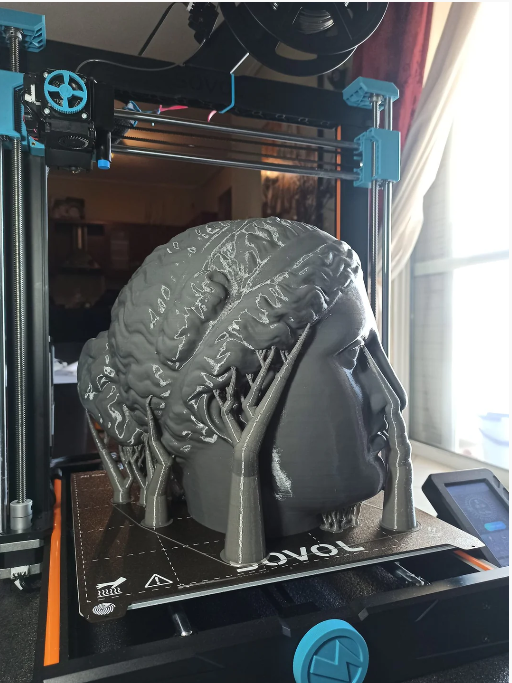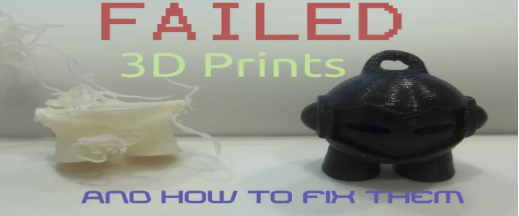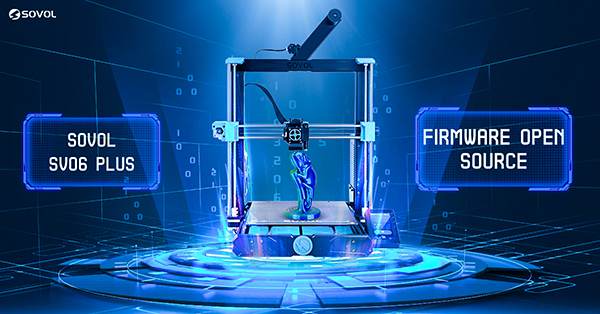3D Printing Tips for Beginners
Welcome to the fascinating world of 3D printing!
Technology is advancing at breakneck speed in the 3D printing world. This is fabulous for experienced enthusiasts; however it can be overwhelming for people new to the scene.
If you're here, you likely have a decent idea of how a 3D printer works. Now you're likely looking for some helpful advice on getting started. Rest assured you're in the right place.
Top 12 3D Printing Tips and Tricks for Beginners
Be Patient with Yourself
Once you get some practice under your belt, you'll find that 3D printing is not overly complicated. That being said, starting out can be rough as there's so much to learn.
Patience, young grasshopper. You'll get there. To make the process easier…
Do Your Research/Learn the Lingo
Be sure to research printers, materials, and software before you make a purchase. There are a tonne of helpful reviews and tutorials online to start you off on the right path. It might be tempting to empty your wallet on the latest 3D printer, but just be sure you buy one that suits your budget and your needs.
Additionally, learning 3D printing lingo will save you a lot of time (and headaches) once you start getting the hang of things and asking more questions. You may get lost in a forum or watching a tutorial if you have no idea what the person is talking about.
Stay Safe
Safety is paramount. Always observe the following safety rules:
Don't leave the printer unattended.
Supervise young ones.
Print in a ventilated space.
Have a functioning smoke detector nearby.
Let the bed cool completely before removing the model to avoid burns and cuts from scraping mishaps.
Calibrate Your Printer
It is crucial that you keep your 3D printer calibrated. Calibration has a direct bearing on the printer's accuracy, so unless you want your design looking like something from an abstract art gallery (which would actually be pretty fantastic), calibration is key!
Level Your Printer Bed
An uneven bed is one of the most common rookie errors in the 3D printing world. Your printer bed must be level.
If you're lucky, your printer will have bed-levelling software already installed, if not, check the user manual should a levelling problem arise.
Experiment with Different Materials
Different 3D printing projects call for different materials. Mix things up and find what works best for you and your designs.
It is recommended, however, that you don't hoard filament or you can prepare a filament dryer. Exposure to heat and humidity can affect filament. Once its composition has changed, both the quality of your prints and the health of your printer can suffer.
Don't Expect Perfection
If you are a perfectionist, get used to disappointment. At least until you've worked through the many kinks that come along with learning to print 3D models.
Expect a healthy number of anomalies in your designs for the first little while. However, if even reading about this is making your skin crawl, then…
Invest in a Hot Air Gun
This handy little tool will help you quickly eradicate small imperfections or excessive fine stringing.
Pay Attention to Placement
Simply put, how you place objects on your printer build platform helps determine the strength of the finished product and the quality of the print.
Break it Down
It would be so satisfying to see your design come to life in one, solid, 3D form, however, that is not always possible. Sometimes you need to break things down in order to prevent misaligned layers or saggy overhangs.
Failing to break down complex objects into smaller chunks means that even a simple mistake can ruin your whole design.
Keep Your Printer Clean
Your printer's build surface is a vital component of your printer. If you keep it squeaky clean, it will reward you with a smoother 3D printing experience.
Find Like Minded People
Finally, find your people online. Use Reddit, Facebook, YouTube or 3d printer group forums to get help, ask for advice, or watch tutorials.
And before you know it, you'll be the one offering guidance to someone who started off on a site like this one.











